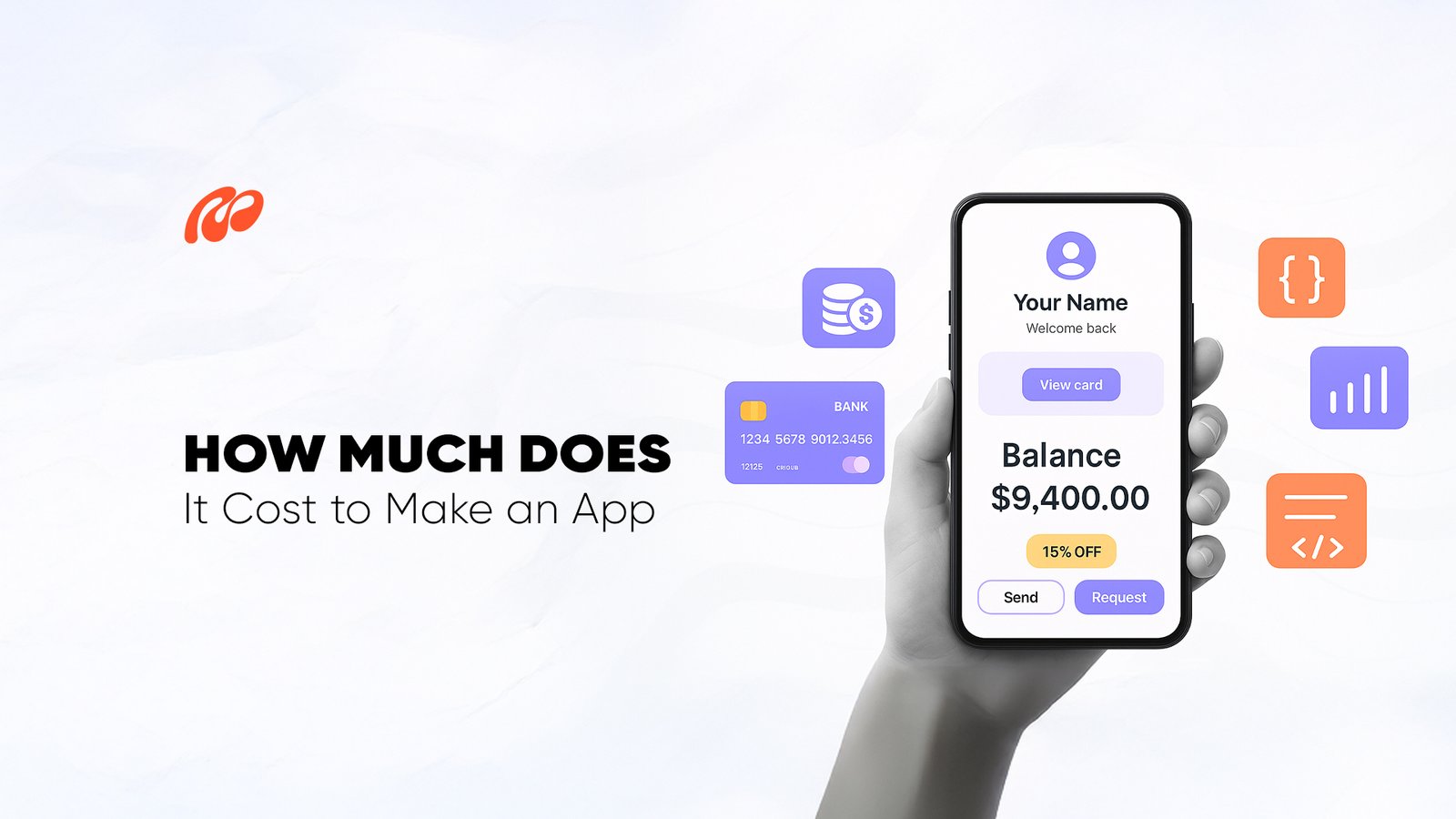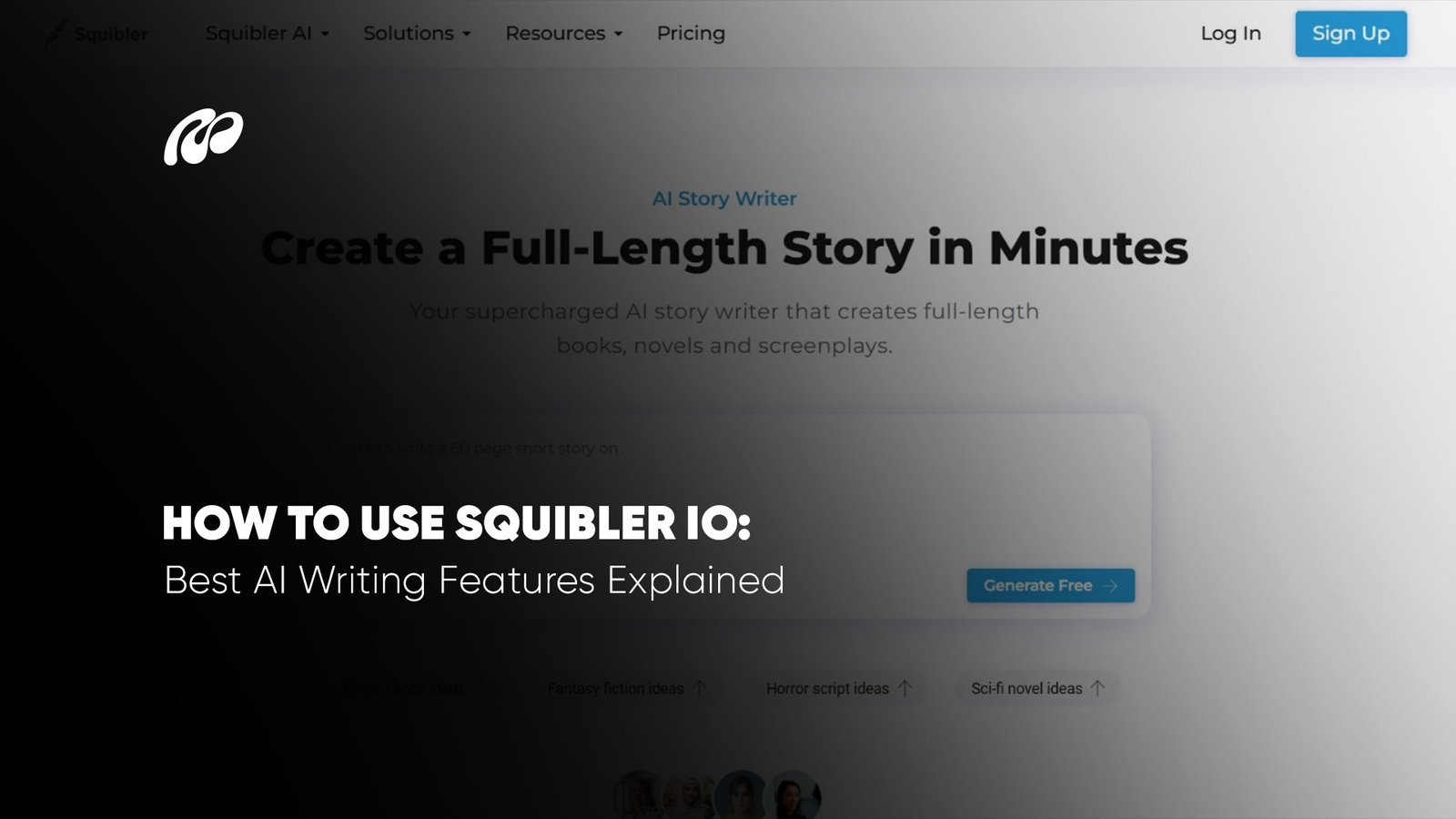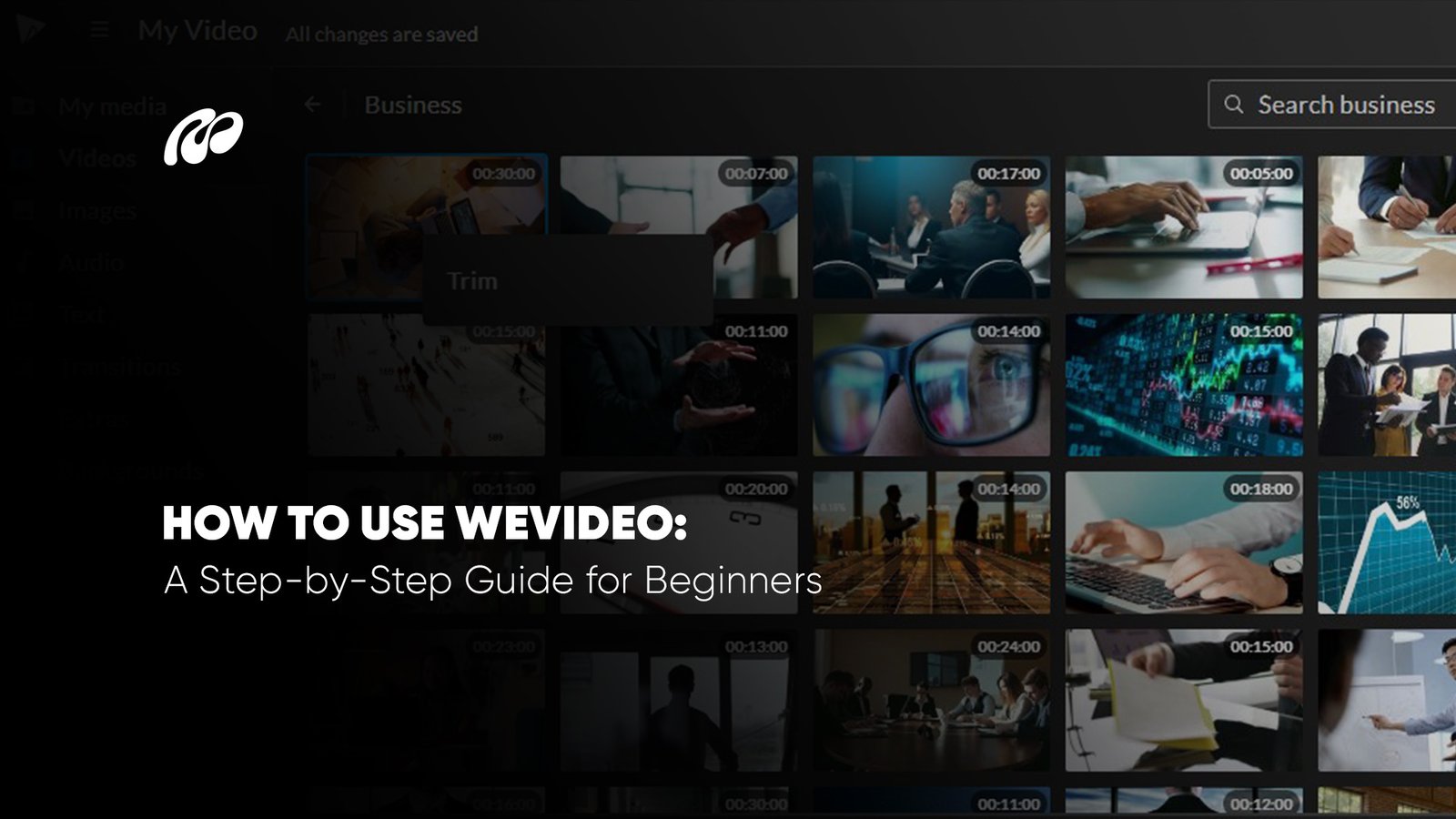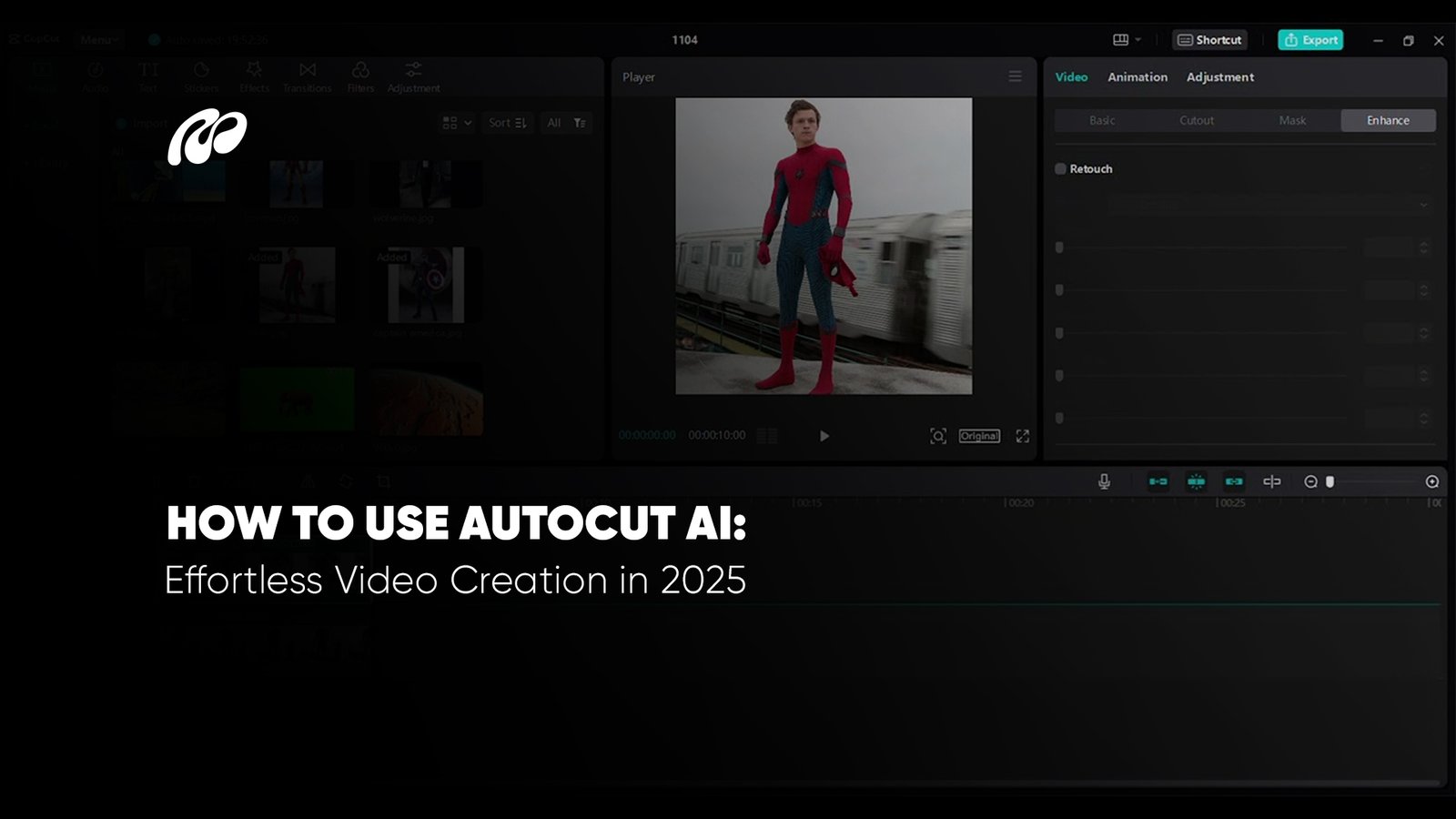When considering digital expansion, many businesses ask the same fundamental question: how much does it cost to make an app? The answer varies widely based on technical requirements, platform selection, user experience expectations, and long-term scalability plans. A straightforward app might cost as little as $15,000, while a full-scale, feature-rich product, especially one with complex backend systems, can exceed $250,000 or more.
The app development cost is often shaped by both functional scope and industry-specific demands. For instance, a basic eBook reader app is much simpler and more affordable than a real-time booking system with GPS tracking, automated notifications, and payment integration.
One category that strongly reflects this variation is taxi booking apps, where pricing depends not just on core ride-request features, but also on how those features are adapted to local market behavior. In regions like New Jersey, where infrastructure and transportation flow present unique challenges, developers often tailor the design to include dynamic fare rules, real-time driver allocation, and location-specific mapping logic. When those customizations are accounted for early, they can lead to better planning and more efficient delivery. That’s why, in some New Jersey-based projects, such as those involving taxi booking app development, the cost to build the app was carefully optimized around regional user expectations and system performance requirements, ensuring that both functionality and budget remained aligned.
Understanding how much does it cost to build an app means looking beyond development hours. It requires a broader view, considering who the users are, how they’ll interact with the app, and which local or technical factors might influence development strategy. Businesses that account for this early are in a better position to manage timelines, optimize scope, and control their overall cost to develop an app.
Factors Affecting App Development Cost

The overall app development cost is never a fixed figure; it’s influenced by various interconnected factors that determine how complex, time-consuming, and resource-heavy a project will be. Businesses often underestimate the cumulative impact of these elements across the development lifecycle. Understanding each of these cost-driving factors provides better control over budgeting and can reduce surprises later in the process. Below is a deeper look at the major contributors to the cost to develop an app.
Complexity of the App
The overall cost to build an app is heavily influenced by how complex the application is. Complexity isn’t just about visual elements; it also covers backend logic, database operations, third-party integrations, user types, and how much the app relies on real-time data processing. A simple app with static content and basic navigation is far easier and faster to build than an app that uses AI models, location tracking, or dynamic user roles.
When planning your budget, understanding where your app falls on the complexity scale will help you avoid unexpected development delays and cost overruns. Below is a breakdown showing how different levels of complexity affect both features and cost.
App Complexity vs Cost Comparison Table
| App Complexity Level | Description | Estimated Development Time | Estimated App Development Cost |
| Basic App | Simple informational app, no backend, few screens (e.g., digital catalog) | 2–3 weeks | $10,000 – $25,000 |
| Moderate App | User login, simple database, push notifications, basic API integration | 1–2 months | $30,000 – $70,000 |
| Advanced App | Real-time data, payments, chat, geolocation, and admin panel | 3–5 months | $70,000 – $150,000 |
| Enterprise-Level App | Multi-user types, advanced security, AI integration, custom backend architecture | 6+ months | $150,000 – $300,000+ |
The more complex the functionality, the more development hours are required. For example, a mobile app development cost for an advanced health platform will not only include frontend logic but also backend APIs, patient record security, and integration with insurance databases. Understanding your scope early on helps estimate the cost to develop an app realistically and plan phased launches if needed.
App Features
The range of features you include plays a major role in determining the overall app development cost. Each added function increases the development time, complexity, and long-term maintenance needs. Whether you’re developing a simple utility app or a complex platform with multi-user interactions, it’s important to understand how each feature affects the cost to build an app from both a technical and business perspective.
Even apps that seem straightforward at first, like those used in the food and beverage industry, can become more complex once elements like real-time order tracking, user authentication, and reward systems are added. Many restaurant apps, for instance, start with essentials like login functionality, push notifications, and digital menus but soon evolve to include user personalization and integrated loyalty features. These capabilities, while subtle on the surface, can have a meaningful impact on the mobile app development cost, especially when tied to customer behavior and purchase patterns. In cases where food businesses adopt digital tools to streamline customer engagement, development priorities often revolve around optimizing user flow and retention, as reflected in mobile strategies applied across restaurant-focused apps.
Feature-Based App Development Cost Estimate
| Feature | What It Does | Development Time | Estimated Cost |
| User Login | Enables account creation and secure email/password sign-in | 20–30 hours | $400 – $800 |
| Profile Editing | Allows users to update their info and upload profile pictures | 15–25 hours | $300 – $600 |
| Social Login | Integrates Facebook, Google, or Apple account sign-ins | 25–35 hours | $500 – $900 |
| Search Module | Let’s users search data, listings, or content | 20–30 hours | $400 – $800 |
| Chat or Messaging | Enables real-time communication within the app | 40–55 hours | $800 – $1,200 |
| Push Notifications | Sends custom alerts and updates to users | 10–15 hours | $200 – $400 |
| Settings Controls | Manage app preferences, privacy options, and alerts | 15–20 hours | $300 – $500 |
| Admin Panel | Dashboard for managing users, content, and app activity | 40–60 hours | $800 – $1,300 |
Platform Type
The platform you choose, Android, iOS, web, or cross-platform, has a significant impact on your overall app development cost. Each option comes with its own development environment, user base, and technical considerations. Native development for iOS and Android ensures better performance and device compatibility, but often requires separate teams, increasing both time and cost. Cross-platform frameworks like Flutter or React Native offer a faster and more cost-effective approach with shared codebases, making them ideal for MVPs or startups looking to launch quickly on both systems.
Some industries require more tailored decisions. In real estate, for instance, apps often require map integrations, lead management tools, and real-time listing updates. Companies operating in regional markets like New Jersey tend to evaluate platform choices based on their target audience and growth strategy. Businesses aiming to reach both agents and property seekers efficiently have started leaning toward cross-platform builds to reduce the cost to build an app without limiting usability, as shown in how real estate companies in New Jersey are approaching app development to stay competitive in a fast-moving digital property market.
Platform Type vs App Development Cost
| Platform | Description | Typical Use Cases | Estimated Cost Range |
| Android | Built specifically for Android OS using Kotlin or Java | Broader user base, global markets | $20,000 – $100,000 |
| iOS | Native development for Apple devices using Swift | High-income users, premium branding | $25,000 – $120,000 |
| Cross-Platform | Shared codebase (e.g., Flutter, React Native) | Startups, MVPs, budget-conscious builds | $15,000 – $80,000 |
| Web App | Runs in browsers, often with responsive design | Admin panels, dashboards, public tools | $10,000 – $70,000 |
UI/UX Design
UI/UX design isn’t just about aesthetics; it directly impacts how users interact with your app and whether they stick around. A well-designed interface ensures smoother navigation, stronger engagement, and fewer support requests, all of which affect the overall app development cost.
The more customized the experience, like interactive animations, personalized flows, or multi-user role layouts, the higher the time and cost investment. While pre-built UI kits can reduce budget needs, apps in competitive markets often require polished, brand-aligned visuals that stand out.
Below is a quick look at how different UI/UX design components influence development time and cost.
UI/UX Design Tasks & Estimated Development Cost
| Design Task | Development Scope | Estimated Time | Estimated Cost |
| App Design Research | User persona & niche research | 8–15 hours | $100 – $350 |
| UX Wireframing | User flow & structural layout | 20–40 hours | $2,000 – $8,000 |
| UI Visual Design | Custom screens, icons, interface styling | 40–80 hours | $10,000 – $40,000 |
| Branding Assets | Logo, color palette, typography, social kits | 30–50 hours | $5,000 – $20,000 |
| Animations & Effects | Micro-interactions, transitions, illustrations | 30–60 hours | $5,000 – $20,000 |
Size & Location of Development Business
Where your development team is based, and how large they are, has a direct impact on the cost to build an app. Rates vary based on region, talent availability, communication efficiency, and time zone differences. A local agency might offer high-touch collaboration, while offshore teams typically provide more affordable rates. However, challenges like coordination gaps and slower turnaround times can arise when working across time zones or cultures.
Many businesses weigh their options between nearshore and offshore outsourcing. Nearshore teams offer a balance between cost savings and convenience, while offshore teams help lower the app development cost but may require more hands-on project management.
Development Cost by Location & Team Type
| Team Location | Description | Avg Hourly Rate | Best For |
| Local (US/UK/EU) | In-house or same-country agencies with full control | $100 – $250 | Enterprise apps, high-touch support |
| Nearshore (e.g., LATAM) | Close time zones, easier communication | $40 – $90 | Agile collaboration, regional growth |
| Offshore (Asia/Eastern Europe) | Budget-friendly with global talent access | $20 – $60 | MVPs, early-stage startups |
Choosing the right team size and location isn’t just about cost; it’s about long-term value, project complexity, and your preferred collaboration style. A clear understanding of these factors ensures your app development cost stays aligned with your goals.
Cost of App Maintenance
After your app goes live, the work doesn’t stop. Maintenance is essential to keep it secure, functional, and compatible with the latest devices and operating systems. Over time, user feedback, bug fixes, and performance updates contribute to the mobile app development cost, making post-launch planning just as important as initial development.
Typically, app maintenance accounts for 15–20% of the original cost to build an app annually. Skipping regular updates can lead to poor user experiences, outdated features, or even removal from app stores. Businesses that invest early in structured maintenance often reduce long-term costs and avoid technical debt.
App Maintenance Costs
| Maintenance Task | Purpose | Estimated Monthly Cost |
| Bug Fixes | Resolving glitches, crash reports | $200 – $1,000 |
| OS & Device Updates | Ensuring compatibility with new versions | $300 – $1,500 |
| Performance Tuning | Improving speed, reducing load times | $150 – $800 |
| Feature Enhancements | Adding or updating user-requested functionality | $500 – $2,000+ |
| Security Patches | Addressing vulnerabilities, compliance adjustments | $200 – $1,000 |
| Backend Support | Server monitoring, cloud cost, API maintenance | $250 – $1,200 |
Support & Other Post-Launch Services
Once your app is live, user support, performance analytics, error monitoring, cloud hosting, and crash reporting become essential components of a successful product. These post-launch services are often overlooked in the budgeting phase, yet they significantly impact long-term user satisfaction. The cost to make an app must account for not only its functionality but also the ecosystem that supports it. Services such as onboarding support, real-time chat support, knowledge base development, usage tracking, and feedback collection can determine whether your app scales or stagnates.
Businesses in high-volume sectors, such as e-commerce or food delivery, typically require robust analytics tools and support automation to maintain performance and reduce manual load. All of these components incur additional costs, either monthly SaaS subscriptions or staffing expenses, but they are essential to keeping the app competitive. Planning for support and infrastructure at the beginning helps you avoid costly delays or emergency fixes down the line.
App Types and Development Costs
The kind of app you plan to build plays a major role in determining the final app development cost. Each app type has unique feature requirements, backend complexity, and scalability needs. Whether you’re building a static content app or a powerful AI system, understanding the cost implications for your category helps align your expectations and budget.
App for Static Information
These are the simplest apps to develop, built primarily for presenting static content such as company details, services, brochures, or schedules. With minimal interactivity and no backend processing, these apps are fast to build and easy to maintain. Typical development takes 2–4 weeks, costing between $8,000 and $20,000, depending on design requirements.
They’re often used as an affordable entry point into the mobile space for businesses that don’t need dynamic user engagement. On platforms like Mattrics, many small businesses begin with static apps to build brand presence before expanding into more advanced digital solutions.
E-Commerce App
An ecommerce app development cost can range from $30,000 to $120,000, depending on catalog size, payment system integration, inventory logic, and user management features. A successful e-commerce app must support user logins, cart functionality, promo codes, reviews, and notifications. It also requires backend synchronization for real-time product updates and secure transactions.
Scaling becomes more complex as order volume grows, which is why many businesses begin with an MVP and gradually scale up. In the broader app strategy covered in Mattrics blog articles, phased development is often emphasized for e-commerce to allow faster market entry and reduced initial investment.
Mobile Applications for Multiple Users
Apps serving more than one user role, such as customer and admin, buyer and seller, or driver and passenger, demand careful planning. These apps need separate dashboards, workflows, permission systems, and backend logic for each user type. Due to this structural complexity, the cost to build an app with multi-user functionality typically falls between $40,000 and $150,000.
Real-time syncing between users, role-based notifications, and secure data storage further increase development time. These apps are common in industries like delivery, education, and healthcare, where the service experience varies per user role.
Gaming Apps
Game development is among the most variable when it comes to budget. Simple arcade games with basic animations may cost $25,000–$50,000, while feature-rich 3D or multiplayer games can exceed $200,000. Expenses increase with each added layer of complexity: graphics design, animations, sound engineering, multiplayer servers, leaderboards, and in-app purchases all require detailed engineering.
Gaming apps also require consistent updates to retain players and maintain performance. Because of this, the mobile app development cost in the gaming space includes not only launch costs but long-term development roadmaps.
Marketplace Apps
Marketplace apps connect two or more user groups, such as buyers and sellers or job seekers and recruiters. They require real-time search, messaging, order processing, and dispute handling systems. Building this kind of app can cost between $80,000 and $200,000, depending on the features and scale.
Security and trust-building mechanisms like user ratings, identity verification, and refund systems add layers to the cost of making an app in this category. These apps often rely on modular development and data-driven updates to keep the user experience seamless as traffic increases.
User Productivity Apps
Apps built to improve productivity, task managers, calendars, and habit trackers, need high reliability, simple UX, and strong syncing capabilities. The cost to build an app in this category typically falls between $20,000 and $60,000, depending on integrations with other platforms (like Google Calendar, Slack, or Apple Reminders) and the need for cross-device support.
For startups in this space, delivering smooth onboarding, offline functionality, and intuitive dashboards is critical. These apps benefit from continuous user feedback and incremental updates to improve long-term engagement.
Fitness App Development Cost
A fitness app may include features like exercise libraries, health tracking, goal setting, and device integrations (e.g., Fitbit, Apple Health). With so many data points and UI variations, the fitness app development cost typically ranges from $40,000 to $100,000.
Subscription models, video streaming, and coach chat options push costs higher. These apps need to run flawlessly on mobile while securely storing personal health data, making backend optimization essential. For wellness startups, phased rollouts and user feedback loops are key to managing budget and feature development.
Food Delivery App Development
The cost to build an app for food delivery ranges between $60,000 and $150,000, based on real-time order tracking, driver coordination, payments, and restaurant dashboards. Successful food delivery apps also manage dynamic pricing, surge hours, and loyalty programs.
Businesses operating in regional hubs like Dallas are increasingly adopting localized solutions that blend app performance with customer retention features. In fact, restaurant app development in Dallas shows how integrating rewards systems and personalized menus early in development helps restaurants scale operations while keeping the experience user-friendly and efficient.
Taxi Booking App Development
Taxi apps need precise geolocation, real-time matching, driver profiles, and fare estimation tools. These apps also handle payments, trip ratings, and support requests. As a result, the app development cost for ride-hailing platforms starts around $70,000 and can exceed $200,000 when launched at scale.
From backend logistics to user-facing interfaces, ride apps are often built using modular components to support multi-city expansion, region-specific pricing, and compliance standards. Driver onboarding systems, trip history logs, and language support also factor into the total cost.
Real Estate App Development
These apps are designed to simplify property searches, schedule viewings, and connect agents with buyers. The real estate app development cost varies from $50,000 to $130,000, depending on advanced features like 3D tours, mortgage calculators, location-based filters, and CRM integration.
Companies looking to digitize their real estate workflows often prioritize tools that support lead generation, property updates, and mobile contact management. This has led many agencies to adopt agile development methodologies supported by tools and planning resources.
AI App Development
The AI app development cost is higher due to the technical depth involved. These apps may include machine learning models, recommendation engines, automated decision-making, and NLP systems. Whether powering chatbots, fraud detection, or custom analytics, AI apps typically start around $80,000 and can reach $250,000+, depending on training complexity and infrastructure.
AI apps also require more than just developers; data scientists, ML engineers, and DevOps professionals are often part of the build team. Planning for scalable cloud architecture and continuous model optimization makes up a large part of the long-term cost.
FAQs:
The cost to develop an app can range widely, from $15,000 to over $300,000, depending on the complexity, features, platform, and type of development team. A basic app with static content may fall on the lower end of the range, while complex applications like marketplace platforms, AI-powered tools, or real-time delivery systems require a higher investment due to backend logic, integrations, and ongoing support.
The average mobile app development cost in 2025 typically falls between $40,000 and $120,000 for mid-range apps targeting iOS, Android, or both. This range covers common business features such as user login, notifications, admin panels, and API integrations. Costs can vary further based on whether you choose native, hybrid, or cross-platform development, as well as the region where your development team is based.
Several variables directly impact the app development cost:
- App complexity (e.g., static content vs. dynamic user flows)
- Number of features (like real-time chat, payments, geolocation)
- UI/UX design depth
- Platform choice (Android, iOS, or both)
- Backend requirements
- Security and compliance standards
- Location and size of the development team
Each of these elements contributes to the total cost to build an app, and overlooking them early can lead to budget overruns later in the development cycle.
Reducing the cost to make an app without compromising quality starts with smart planning. Here are a few strategies:
- Start with an MVP to focus on core functionality first
- Use cross-platform frameworks (like Flutter) to target multiple platforms with shared code
- Outsource to cost-efficient regions with a strong development track record
- Plan phased feature rollouts, avoiding unnecessary scope at launch
- Prioritize scalable architecture to avoid future rework
Working with experienced teams who understand how to balance time, features, and user experience is key to keeping your app development cost controlled from day one.





